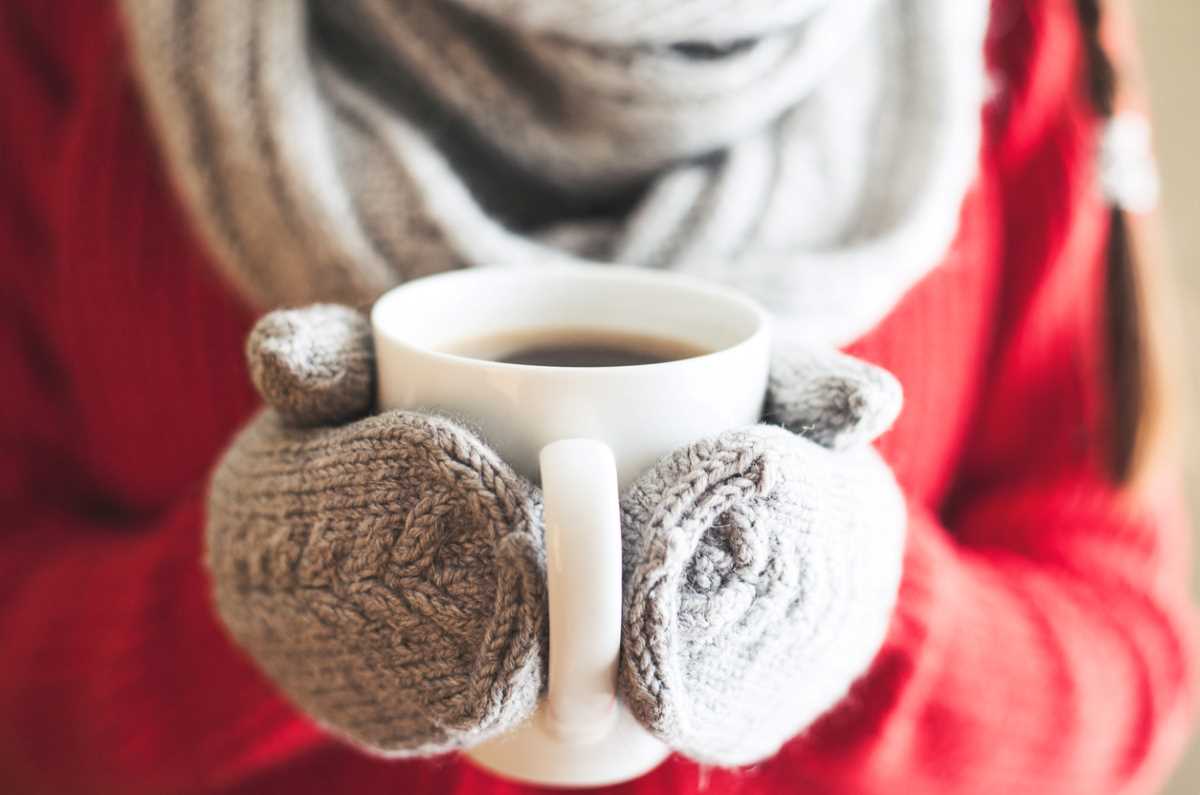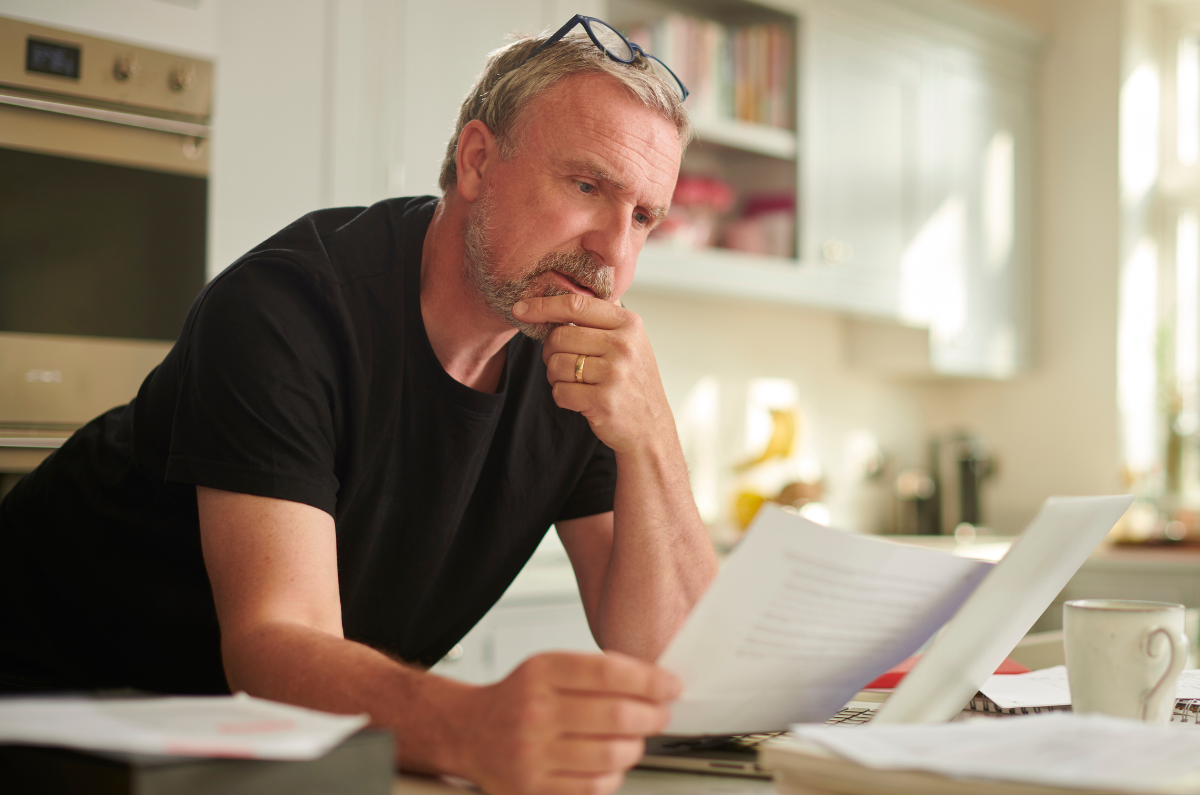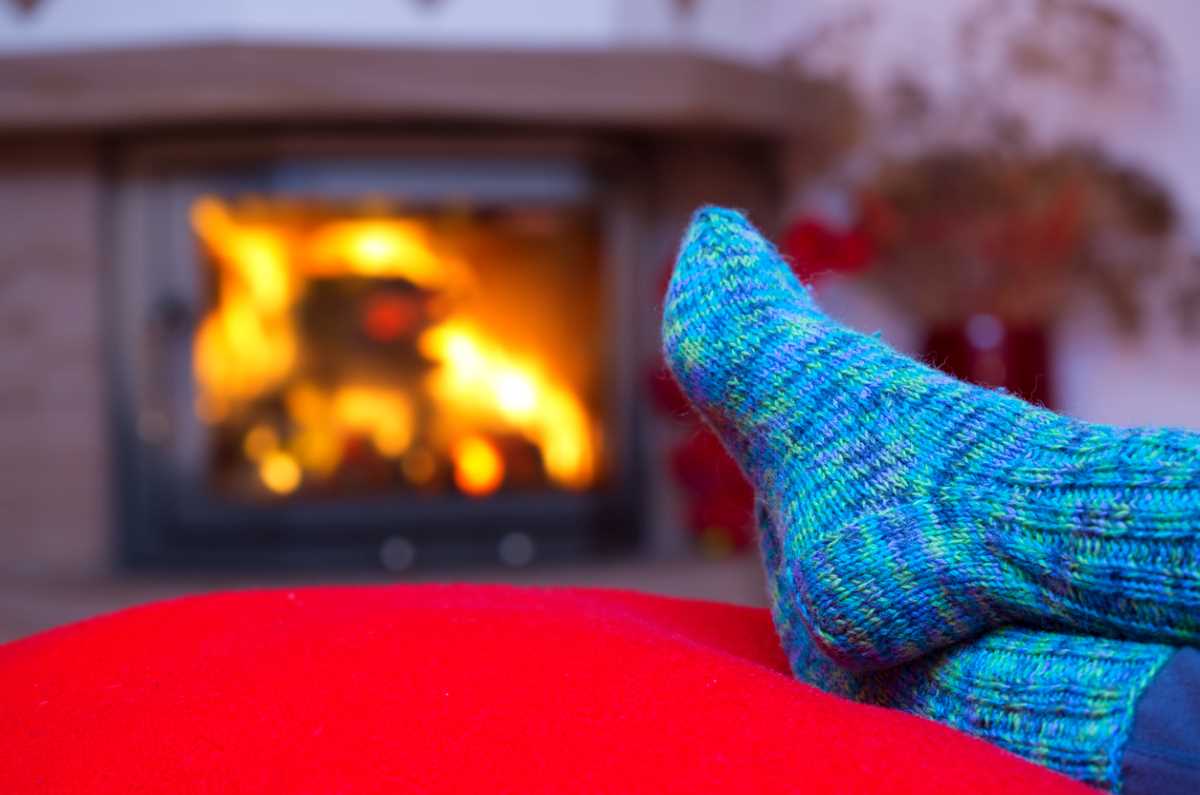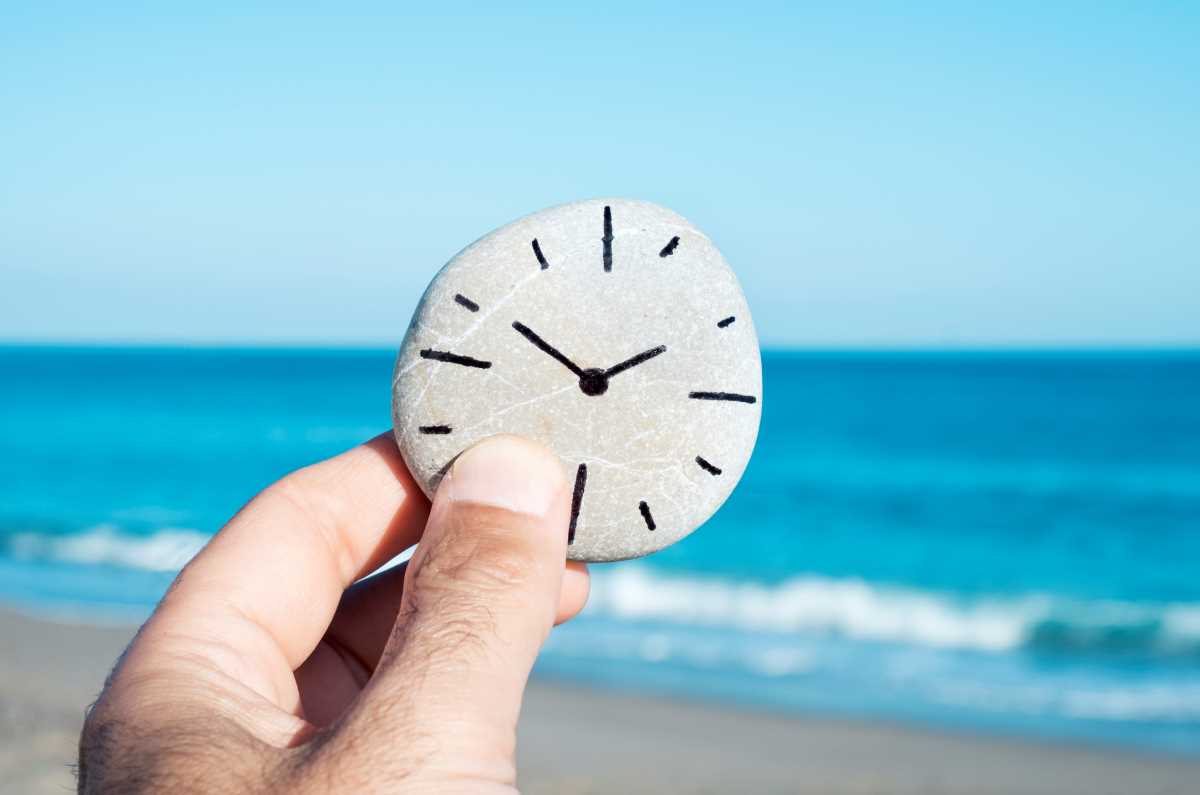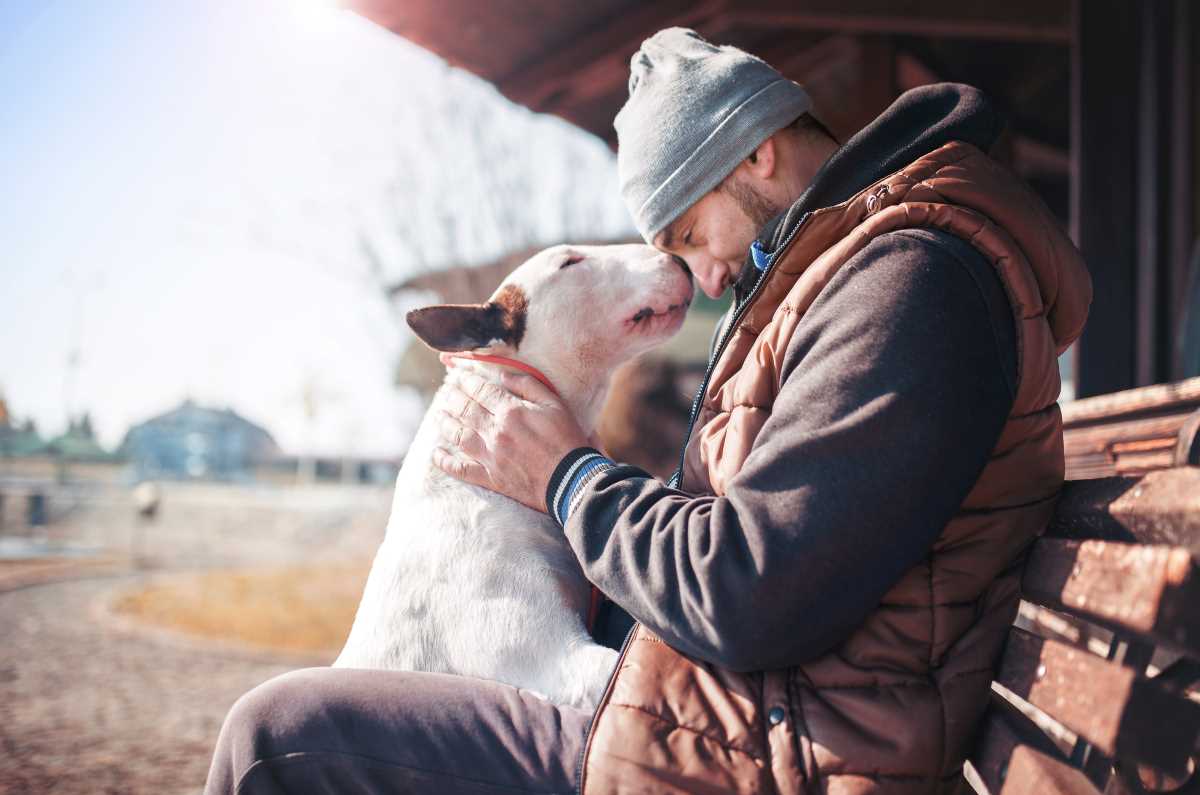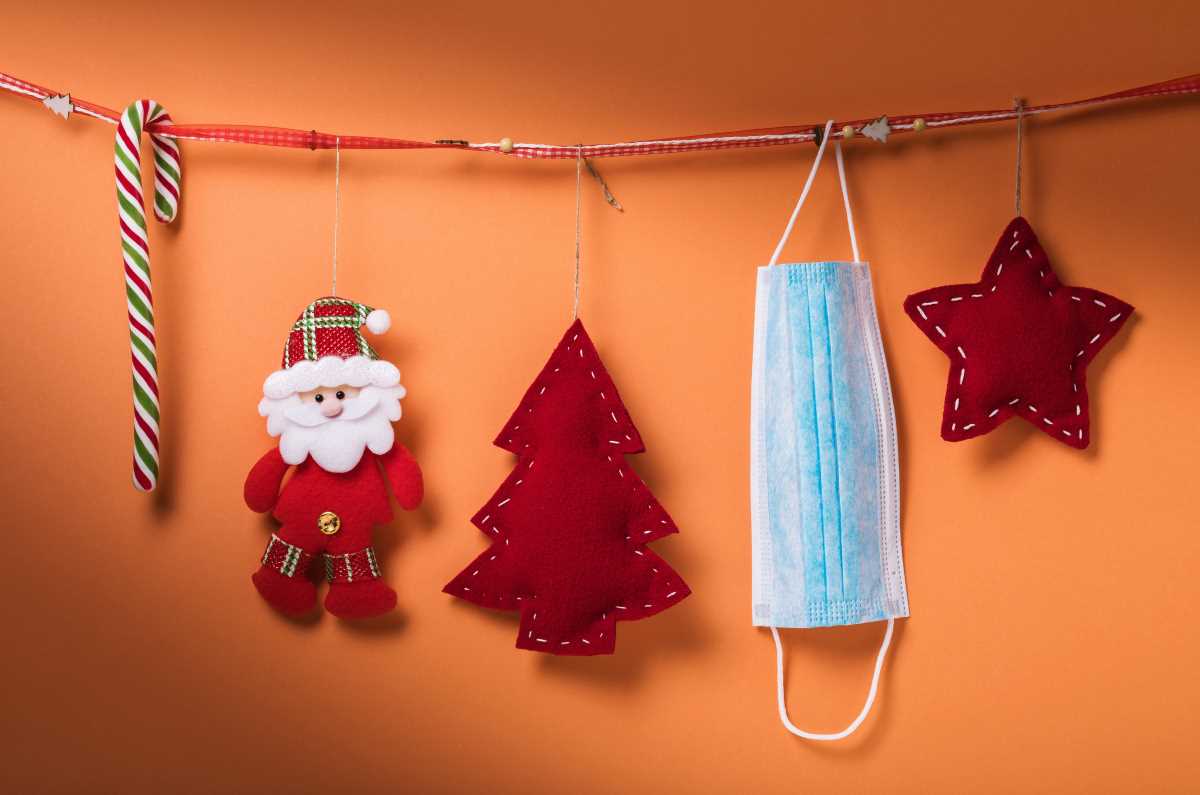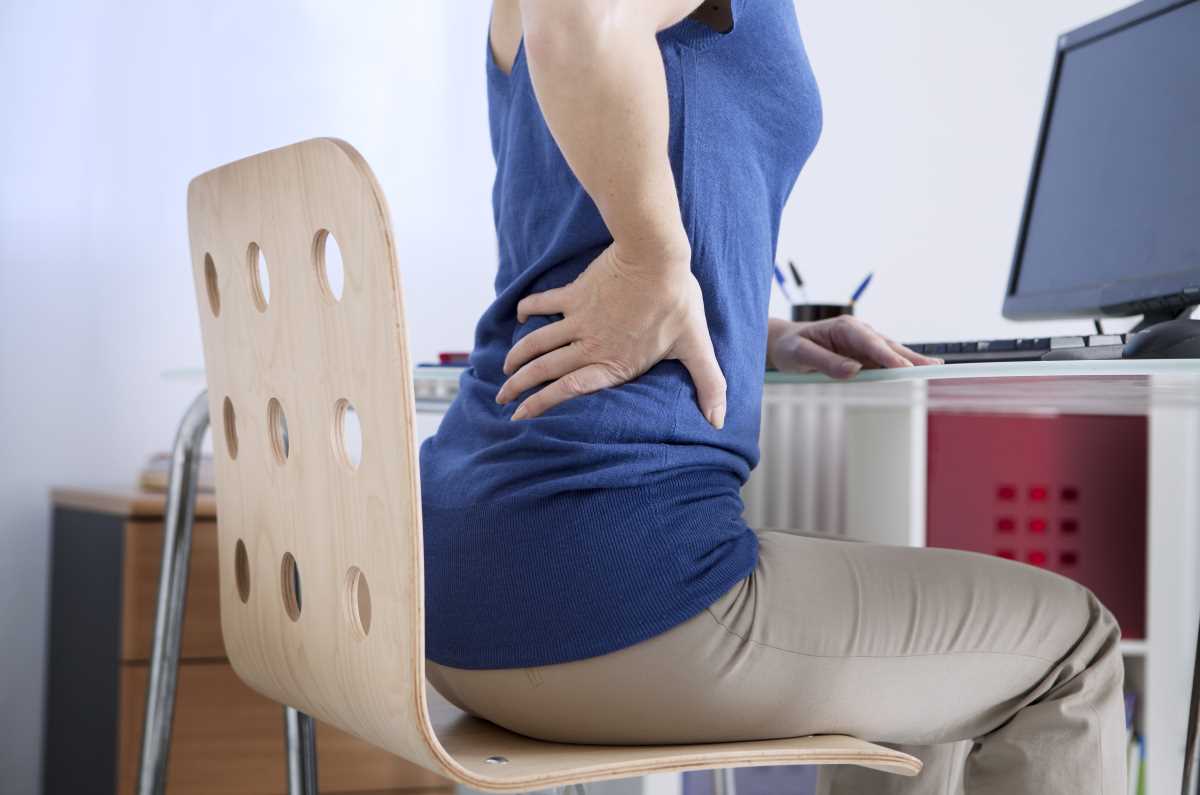Are you like me and find supermarkets ridiculously cold? It doesn’t matter what season it is outside; inside a supermarket, it’s Arendelle, and Elsa has just turned everything into snow and ice ❄⛄.
This can be really uncomfortable, especially if you have a musculoskeletal condition. And if you have Raynaud’s phenomenon, it can make your extremities – especially your fingers – turn white and numb.
What is Raynaud’s phenomenon?
Apart from having a really cool name – it’s a phenomenon, for goodness sake! 🙃 – what is Raynaud’s??? First, it’s named after the French doctor who originally described it, Maurice Raynaud, and being French, it’s pronounced ‘ray-nose’ (with a silent D).
Raynaud’s phenomenon causes the blood vessels to the extremities, usually the fingers and toes, to constrict more than usual in response to cold temperatures or stress. When this happens, the blood flow is restricted, causing the extremities to become cold and turn white, then blue. When blood flow returns, the skin becomes red and returns to its normal colour.
Raynaud’s phenomenon can occur on its own – this is primary Raynaud’s phenomenon. Or it can occur alongside or ‘secondary’ to another disease or condition – this is secondary Raynaud’s phenomenon.
Both primary and secondary Raynaud’s phenomenon episodes can last from a few minutes to hours.
Other parts of your body, such as the nose, lips and ears, can be affected too.
Fortunately, Raynaud’s phenomenon rarely causes permanent damage.
Maintaining a balance: vasoconstriction and vasodilation
Your body protects your internal organs (your core) by maintaining a stable core temperature – it’s not too hot, not too cold, but just right 🐻🐻🐻.
One of the many ways your body maintains this stable temperature is through vasoconstriction and vasodilation. This essentially means that your blood vessels (vaso) narrow (constrict) or widen (dilate) as needed.
In the cold, blood vessels constrict to reduce blood flow to your extremities, such as the fingers and toes. This keeps your core warm. In the heat, blood vessels dilate, and blood flow increases to your skin, moving the warm blood away from your core.
These processes help your core remain at a constant temperature, usually around 36-37°C.
For people with Raynaud’s phenomenon, for some unknown reason, blood vessels constrict, not to keep your core temperature stable but in response to cold, stress or emotional upset.
Blood vessels in your extremities narrow quickly, and your skin changes colour due to a lack of blood supply. During a Raynaud’s episode or attack, you may experience pins and needles, tingling and/or numbness in your fingers or toes. You might find it difficult to do things with your hands, as lack of blood can make them clumsy and stiff. And when the blood returns to the area, you may feel slight discomfort or stinging pain.
These changes occur in the extremities, most often the fingers. Circulation in the rest of the body is generally normal.
Primary Raynaud’s phenomenon
This is the most common form of Raynaud’s phenomenon. It’s also called Raynaud’s disease. Women, generally under 30, are more likely to develop primary Raynaud’s phenomenon than men. It can also run in families, so if you have a family member with primary Raynaud’s, you’re more at risk of developing it.
Secondary Raynaud’s phenomenon
People living with conditions such as scleroderma, systemic lupus erythematosus (lupus) and rheumatoid arthritis may develop secondary Raynaud’s phenomenon. This usually occurs later in life but can happen at any age, depending on the underlying cause.
Other risk factors for secondary Raynaud’s phenomenon include:
- mechanical vibration – for example, using a power tool for extended periods
- medicines – e.g. beta-blockers, some migraine or cancer drugs, amphetamines
- smoking.
Diagnosing Raynaud’s phenomenon
Your doctor can determine if you have Raynaud’s by talking with you about your symptoms. It can be helpful to take a photo of your hands if you experience a Raynaud’s episode so you can show this to your doctor.
Although it’s generally not too difficult to diagnose Raynaud’s phenomenon, it can sometimes be hard to tell whether it’s primary or secondary Raynaud’s. Your doctor may use a range of methods to work this out, such as:
- taking a complete medical history, including asking about family members who may have Raynaud’s phenomenon
- a physical examination
- blood tests
- examining fingernail tissue with a microscope.
Living with Raynaud’s phenomenon
Most people with Raynaud’s phenomenon can manage it effectively with self-care and lifestyle changes. In some cases, medicines may be necessary.
Self-care
To prevent a Raynaud’s episode, the best thing you can do is to keep your body and extremities warm. Dress appropriately for the cold with gloves, thick socks and warm layers. It can be helpful to keep a spare pair of gloves or hand warmers in your car or bag that you can use if you’re caught out in a cold or stressful situation (e.g. a trip to the supermarket! 😱).
If you’re outside and your extremities start feeling cold and numb, go indoors and soak your fingers or toes in warm (not hot) water. Or you can warm them with a heater. Just be very careful of the heat – it’s easy to burn yourself when your skin is numb.
If you can’t go indoors, try these things to increase the circulation to your extremities:
- Wiggle your fingers or toes.
- Rub your hands together.
- Make circles with your arms.
- Massage your hands or feet.
- Place your hands in your armpits. However, if you’re like me, your armpits aren’t always warm enough, and you may need to ‘borrow’ someone else’s warmth! Make sure it’s someone you’re close with – random strangers won’t appreciate your ice-cold fingers in their armpits! 😂
- If a stressful situation triggers the attack, remove yourself from the situation, take some deep breaths and try to relax.
Medical care
Talk with your doctor if your Raynaud’s isn’t controlled by these simple measures. You may need to use medicines that widen your blood vessels and improve circulation.
For secondary Raynaud’s phenomenon, it’s also essential that the underlying condition (e.g. lupus) is treated effectively.
Tips for avoiding triggers
There’s no cure for Raynaud’s phenomenon, so avoiding things that trigger a Raynaud’s episode is key.
- Avoid being out in the cold for long periods, especially if you’re not dressed warmly.
- Make sure your whole body is kept warm, using several layers of clothing to trap body heat.
- Keep your extremities warm with gloves, woollen socks, earmuffs and/or a beanie.
- Use hand warmers. These small, often disposable products produce heat on demand and are helpful when gloves aren’t enough; you can buy them from supermarkets and chemists.
- Remember, hand sanitisers often have a cooling effect, so when using them, be prepared to warm your hands quickly.
- Avoid smoking cigarettes or drinking caffeinated drinks as nicotine and caffeine constrict blood vessels.
- Review your medicines with your doctor; if they’re causing the problem, discuss possible alternatives.
- Be aware that holding something cold, such as a can of drink, can trigger symptoms.
- Learn to recognise and avoid stressful situations.
- Keep a journal of when episodes or attacks happen, as this may help identify triggers.
- Look after the skin on your hands and feet – with our frequent hand washing and use of hand sanitiser, it’s easy for our hands to become dry and cracked. Cracked skin is an opening for germs to get in and potentially cause an infection.
- Exercise regularly to maintain blood flow and skin condition. Being active also has many other health benefits.
Complications
For most people, Raynaud’s phenomenon is uncomfortable and a nuisance but is basically harmless, with no lasting effects. However, in rare cases, loss of blood flow can permanently damage the tissue. This may lead to skin ulceration, tissue loss and scarring.
Talk with your doctor if you notice any changes in your symptoms.
Contact our free national Help Line
Call our nurses if you have questions about managing your pain, musculoskeletal condition, treatment options, mental health issues, COVID-19, telehealth, or accessing services. They’re available Monday to Thursday between 9am-5pm (excluding public holidays) on 1800 263 265; email helpline@msk.org.au or via Messenger.
More to explore
- Patient education: Raynaud phenomenon (Beyond the Basics)
UpToDate - Put your hands together and applaud … your hands!
Musculoskeletal Australia - Raynaud phenomenon
Australasian College of Dermatologists - Raynaud’s disease
Mayo Clinic - Raynaud’s phenomenon
American College of Rheumatology - Raynaud’s phenomenon
Cleveland Clinic - Raynaud’s phenomenon
National Institute of Arthritis and Musculoskeletal and Skin Diseases - Raynaud’s phenomenon
Versus Arthritis

